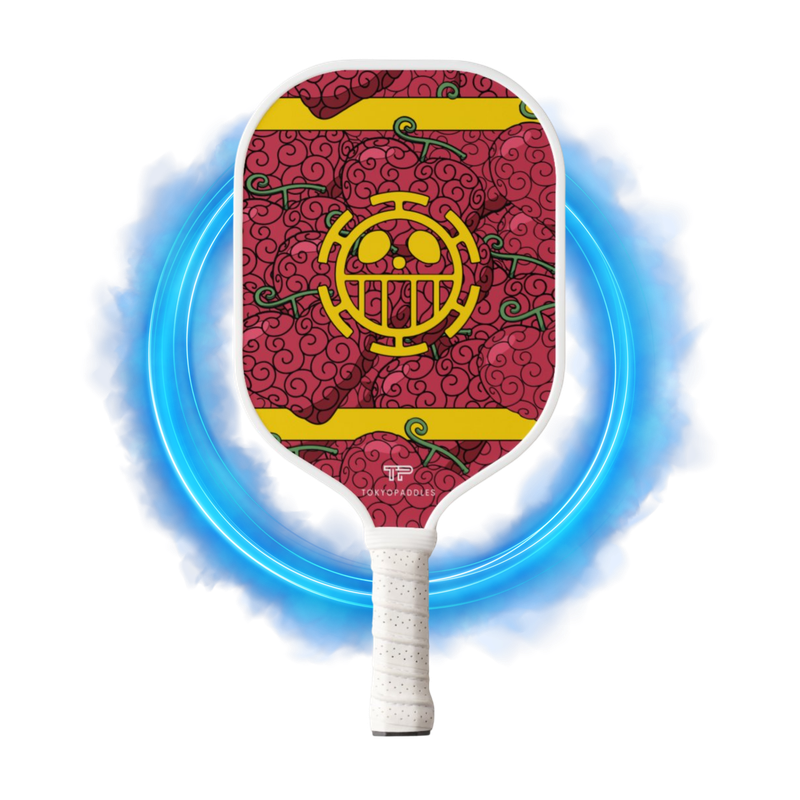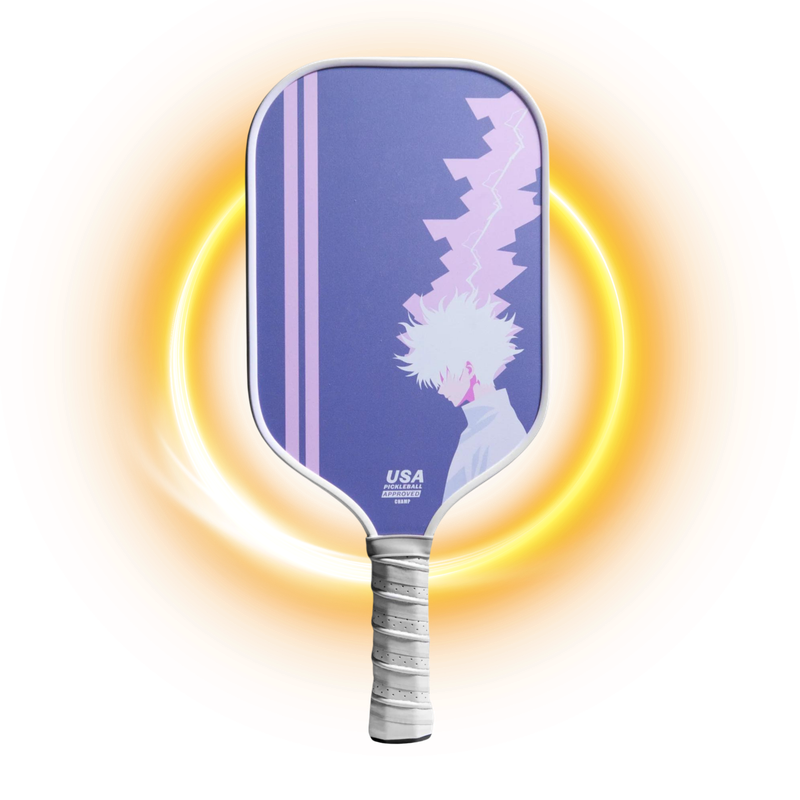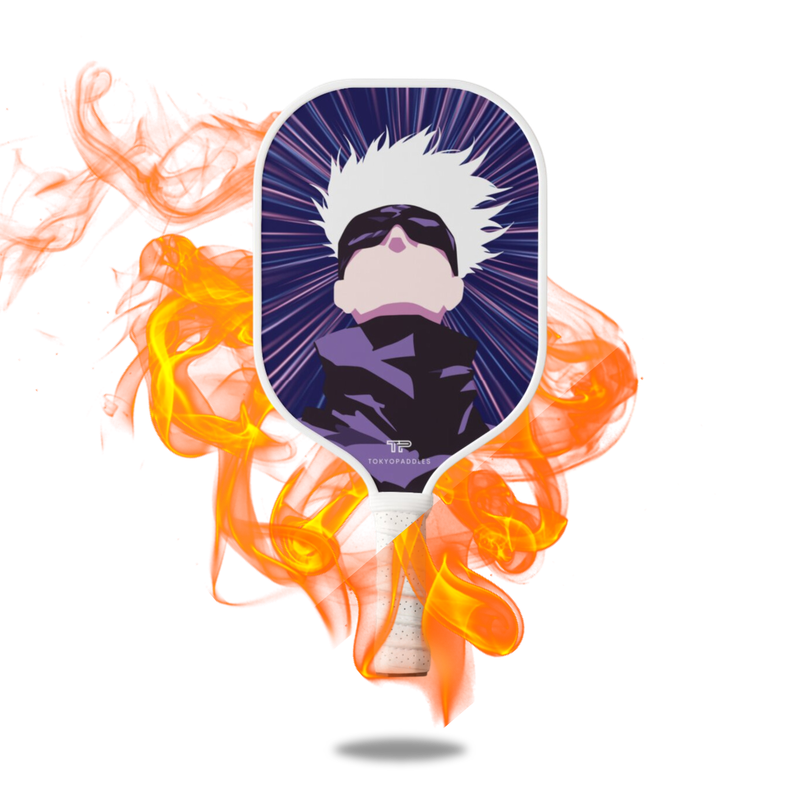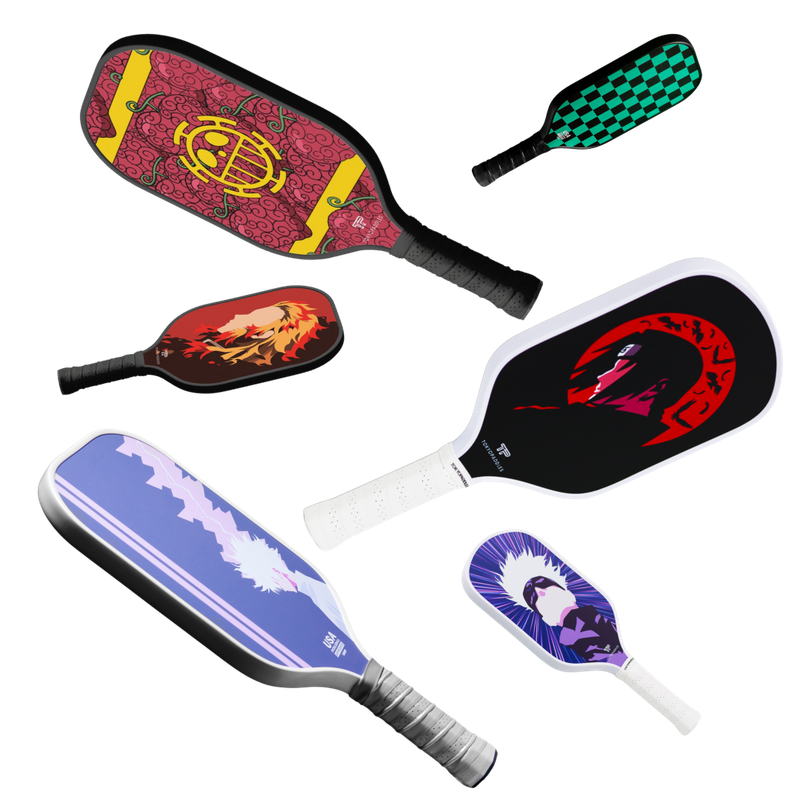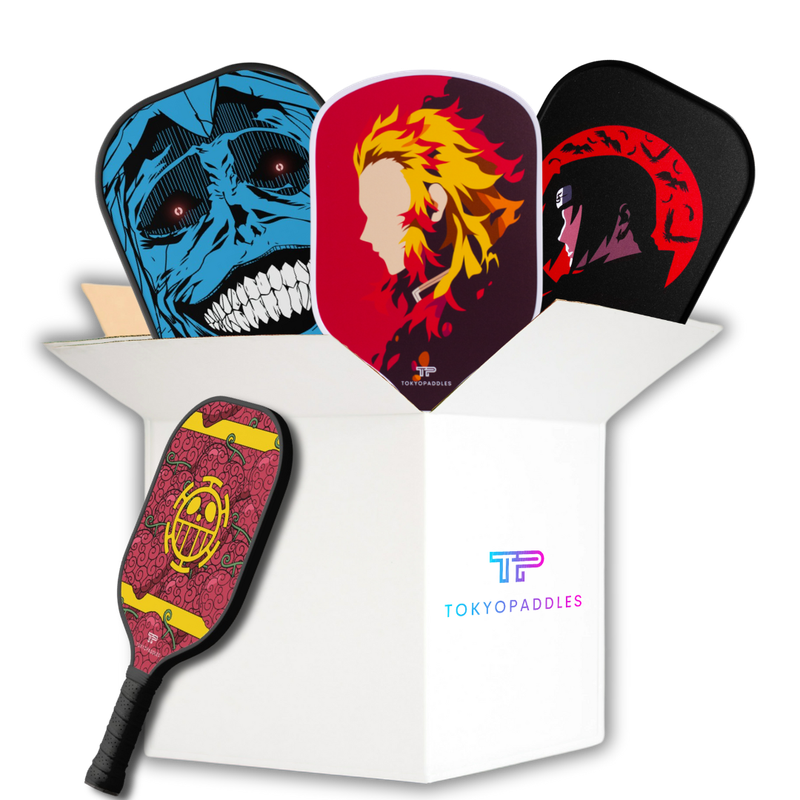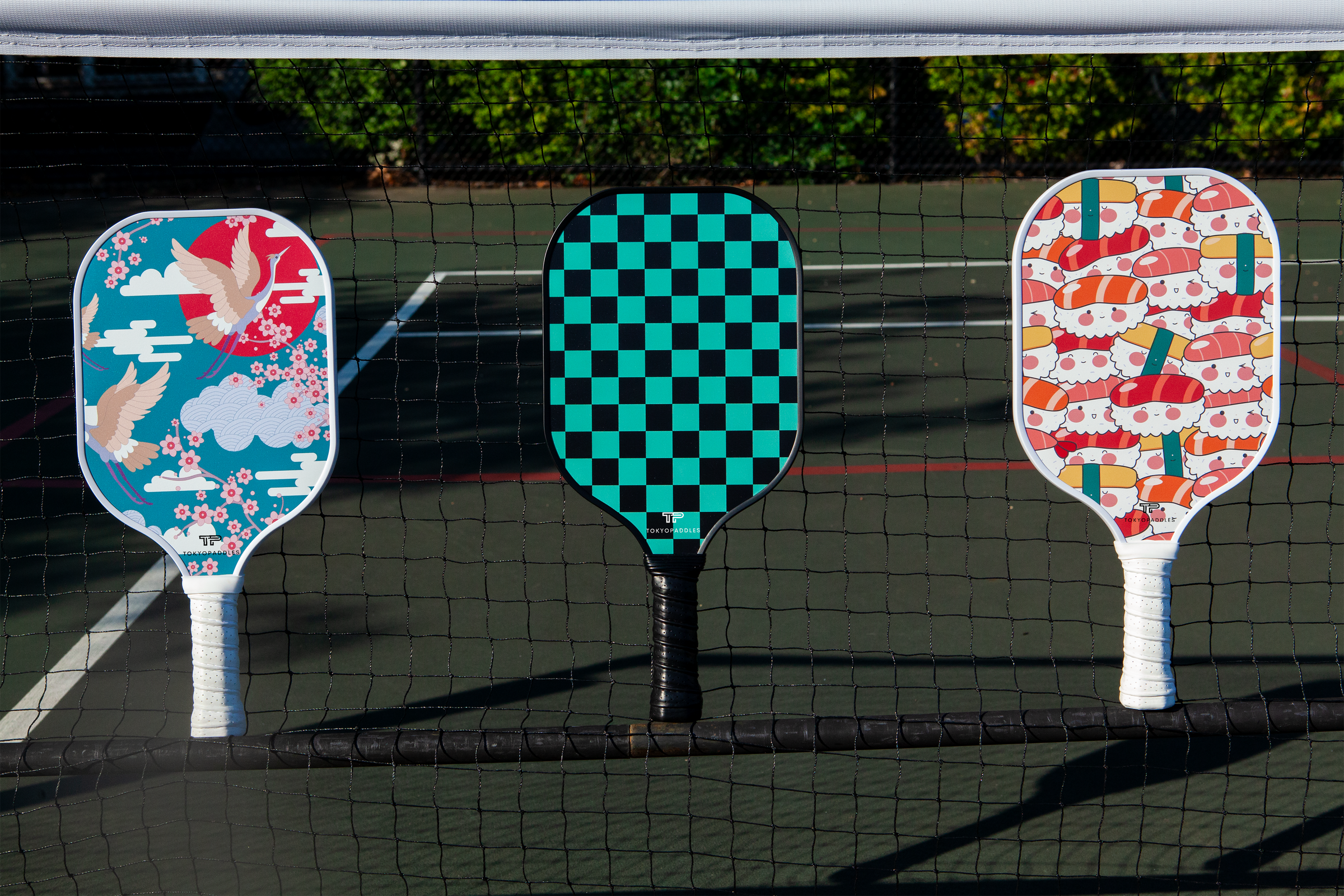Exploring Varieties: A Guide to Different Types of Pickleball Paddles
Understanding Pickleball Paddle Varieties
Pickleball has surged in popularity in recent years, and along with increased interest comes a broader range of equipment designed to enhance play. One essential piece of equipment is the pickleball paddle, which can significantly affect your game depending on its type, material, and design. In this guide, we'll explore the different varieties of pickleball paddles available to help you select the best one for your style of play.
Core Materials: The Heart of the Paddle
At the core of every pickleball paddle is its material, which influences the paddle's weight, control, and power. There are primarily three types of core materials used in modern pickleball paddles.
Polymer Cores
Polymer cores, made from a blend of plastic and resin, are the most common type found in pickleball paddles. This material offers excellent durability and a soft touch, contributing to a quieter play and good control. Polymer-core paddles are often favored by beginners due to their lightweight nature and ease of use.
Nomex Honeycomb Cores
Nomex is a type of aramid fiber that is dipped in resin to create a strong honeycomb structure. These cores are known for their rigidity, offering exceptional power and speed. Paddles with a Nomex core tend to be heavier and produce a louder pop upon ball impact. They suit an aggressive style of play, where forceful shots and drives are prevalent.
Aluminum Cores
Aluminum core paddles strike a balance between power and control. They tend to be durable and have a medium weight. The metal's honeycomb structure also helps with reducing the overall weight of the paddle while still providing a solid feel for ball striking. Players looking for a middle ground between the softness of polymer and the firmness of Nomex may opt for aluminum.
Surface Materials: Fine-Tuning Performance
Composite Surfaces
Composite paddles are made of a blend of fiberglass, graphite, and other advanced materials. They typically offer a great balance of power and control. The texture of the composite surface also allows for better spin on the ball. As a result, many intermediate and advanced players gravitate towards composite paddles for their versatility and performance.
Graphite Surfaces
Graphite paddles are known for their lightweight design and stiff surface, translating into quick, controlled shots. The thinness of graphite allows for a more responsive touch, yet it still packs power. Competitive players who value precision often favor graphite paddles.
Weight Considerations: Finding Your Sweet Spot
The weight of a pickleball paddle is a critical factor that affects maneuverability and swing speed. Lightweight paddles (under 7.3 ounces) allow for swift movements and are easier on the arm, perfect for players who value control and finesse. Mid-weight paddles (7.3 to 8.4 ounces) provide a good mix of control and power and are well-suited for a wide range of players. Heavy paddles (over 8.4 ounces) maximize power and drive, preferred by players who want to dominate with hard shots.
Paddle Shapes and Sizes: The Impact on Reach and Sweet Spot
The shape and size of a paddle's face also play key roles in its performance. Standard shapes offer a balance between reach and control, while elongated paddles provide extra reach but can sacrifice some control. Widebody paddles offer a larger sweet spot and improved hitting surface, which can be a boon for newer players.
Grip Size and Comfort: Ensuring a Proper Hold
A paddle's grip size should be comfortable and match the size of your hand to prevent slippage and reduce the risk of injuries like tennis elbow. Most paddles come with a standard grip circumference, which can be adjusted with overgrips for a more customized fit. The grip length can also impact paddle balance and wrist action, with longer grips providing additional leverage for two-handed shots.
Final Thoughts: Testing Before Choosing
Choosing the right pickleball paddle is a personal decision that should be made based on playing style, experience, and comfort. With the array of materials, weights, and designs available, the best way to find your ideal paddle is to test various models. Many sporting goods stores offer demo programs that allow players to try before they buy. Remember, the perfect paddle can elevate your game to new levels and make your pickleball experience even more enjoyable.

